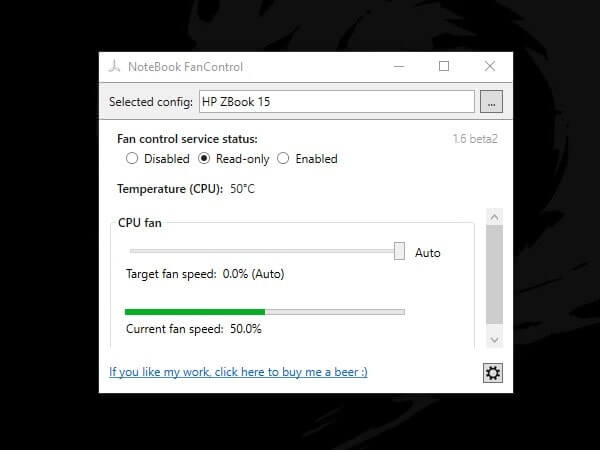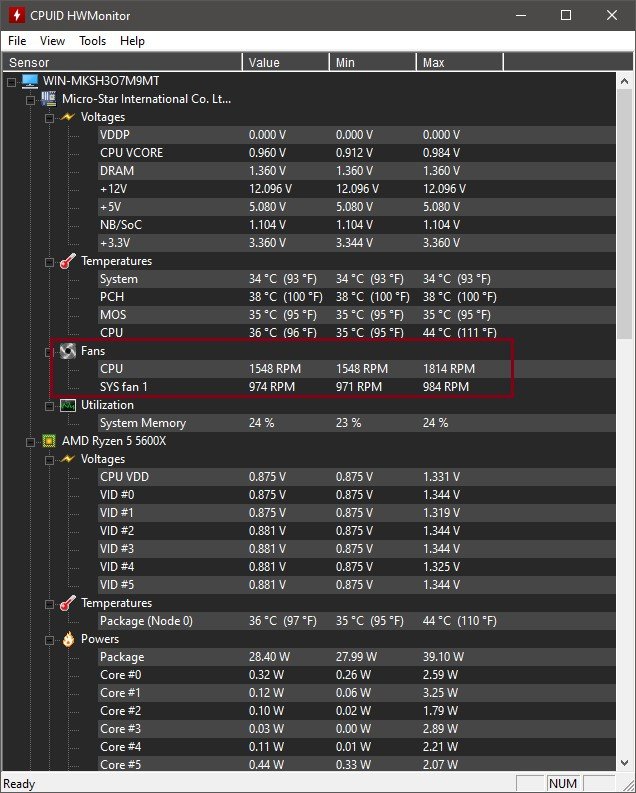


The circuit described here is capable of controlling the speed of up to six fans in a PC in a safe and flexible manner, so that they will run at their minimum required speed and hence keep the noise level as low as possible.įigure 1. And even if there is a facility to connect several PWM fans, it usually isn’t possible to control them individually from the motherboard. There is no choice but to run these other fans at a fixed speed. A PC motherboard often has only a single fan connector that includes a PWM signal, although a PC usually contains several fans. The 3-pin and 4-pin connectors also include a tachometer signal that can be used to feed the instantaneous speed of the fan back to the motherboard. These fans are hardly more expensive than the well-known 2-pin and 3-pin varieties, although they have the advantage that their rotational speed can be controlled using a PWM signal. A PC program is used to configure and monitor the fans, which communicates with the fan control board via a USB link.Ī number of years ago Intel created a specification for 4-wire PWM driven PC fans, see.

With the help of the circuit described here you can actively control up to six fans, while the temperature can be measured in various places inside the PC case using a number of sensors. These can’t always be controlled individually by the PC motherboard. In a modern PC you will find a number of fans for removing the heat that is generated. Arduino – 6 – DS3231 Real Time Clock Module.Arduino – 5 – Storing Data in Arduino EEPROM Memory.Arduino – 3 – Interfacing with Liquid Crystal Display.


 0 kommentar(er)
0 kommentar(er)
